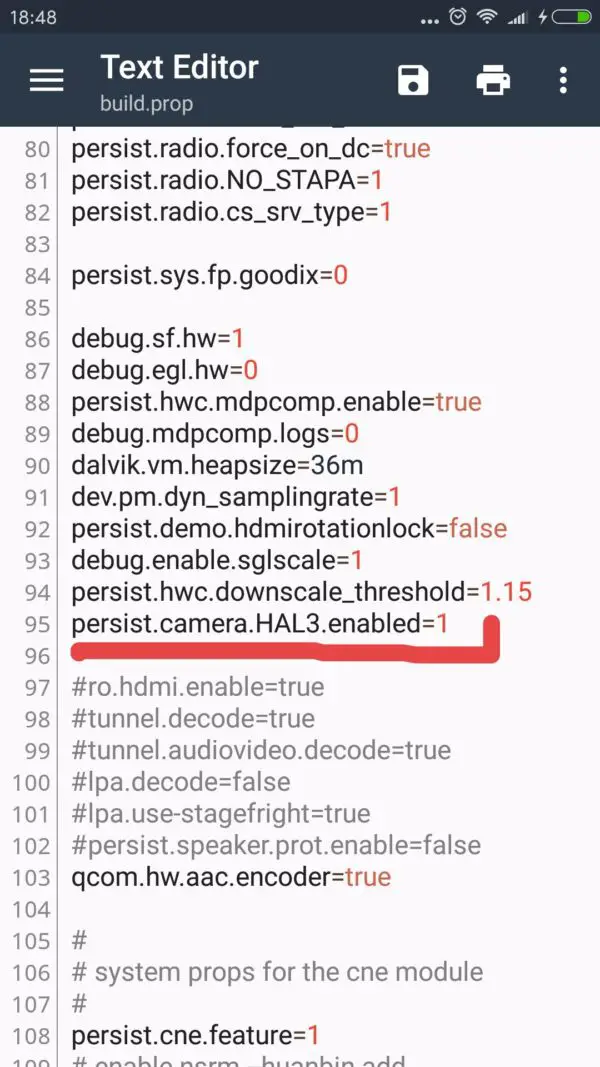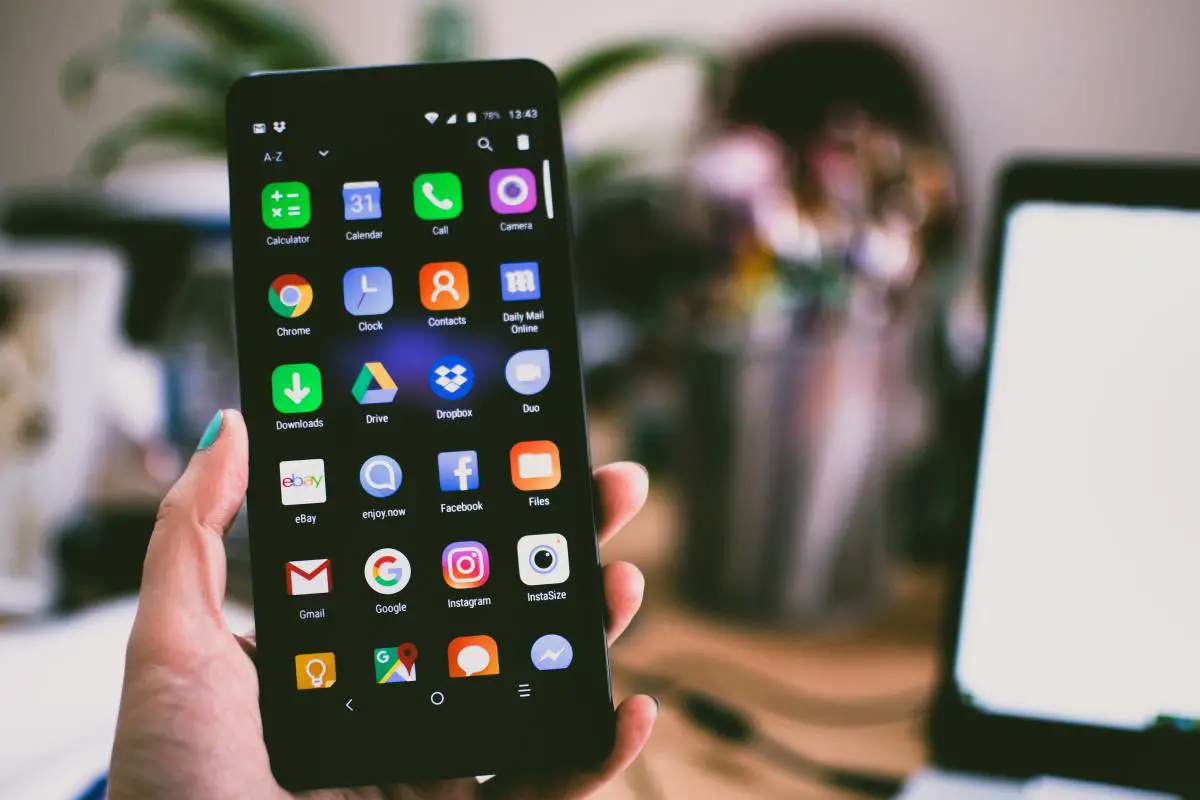Camera2 API has become one of the most trending factors when valuing a smartphone’s camera capabilities. If you are impressed with the features offered by the Camera2 API, you can try to enable it on your smartphone too. In this article, we are describing the steps to enable Camera2 API in an Android phone.
What is Camera2 API
When launched, Google has deprecated the legacy Camera API and prompted the developers to implement the new Camera API 2 enable on Android smartphones. But it didn’t happen very quickly. Only a few handfuls of premium smartphones now come with this feature built-in. That’s not the thing Google wanted to happen. However, you can still how to enable Camera API 2 support in your Android smartphone with some simple tweaks.
Google Pixel 3 & 4 use Camera2 API settings, and that’s why it has such an impressive camera. I am sure there will be a lot of phones that will launch in 2019 that will come with Camera2 API.
How to enable Camera2 API in Android smartphones
There are multiple methods to enable the Camera2 API in Android smartphones. But you have to understand that you will always require a properly rooted Android phone to tweak the ROM settings. So a rooted phone is essentials to enable the Camera2 API. If you have it, follow each of the following methods and check if it is working.
Warning: “We would like to inform you that The Geeks Club is not responsible for any harmful effects during this process. Do these tweaks at your own risk.“
Note: There is no official list of Camera2 API supported phones
Enable Camera 2 API in Build.prop
It is one of the perfect methods to enable many of the hidden Android features in smartphones. You can enable the Camera API 2 also using the Build.prop. However, you need to understand that this method has only a fifty-fifty chance of success. It works on smartphones that come with Camera2 API support in the ROM but disabled its functionality for some other reasons. Follow the steps carefully.
- Download and install any file manager app from the Google Play store, which supports root explorer. Here, we use the most popular one, i.e., ES File Manager.
- Navigate to the system partition in your rooted Android phone and find the file named Build.prop.
- Open the Build.prop file using the text editor.
- Inside the Build.prop file, search for this line:
persist.camera.HAL3.enabled=0
- Change the 0 to a 1, then save and exit the Build.prop and reboot your phone.
- You can then check if it worked by launching a third-party camera app like Open Camera.

Enable Camera2 API with Terminal Emulator
The first method to enable, camera2api, works on almost all rooted and supported Android smartphones. However, in some cases, it won’t work as expected. If you are having bad luck with the first method, you can try this second method which is more comfortable and includes zero complication. Remember, you will need the root access on your phone to do this. Follow the steps carefully:
- Download and install the Terminal Emulator app from Google Play Store.
- Open the app and run the following commands:
su su persist.camera.HAL3.enabled 1 exit exit
- Now reboot your phone and verify with the Open camera app.
That’s all about the steps to enable Camera2 API on supported Android smartphones. If you are trying the above steps in a non-rooted phone, it won’t succeed as expected. Anyways, try it and let us know your doubts in the comment section
How to check if your Android smartphone supports Camera2 API
- Install the Camera2 API Probe App
- Launch the app, and look for two sections — Camera ID: 0 and Camera ID: 1. The former is the rear camera while the later is for the front camera.
- Under Camera-ID, explore a subcategory with the name “Hardware Level Support Category.” That’s where you can figure out the Camera2 API support level on your phone.
- For your phone to support Camera 2 API, you need at least Level 3 or Full. If that’s the case, then Camera 2 API is enabled for you.
If you see a green tick next to Level 3 or FUll, then it means it is enabled. Read full details here.
Levels of Camera2 API
There are four levels of Camera 2 API or rather Hardware Level Support Category (Camera 2 API Hardware Support Level)
- Level-3 – Apart from FULL, the OEM has added their customization, has included features like RAW, Pro mode, etc.
- Full – The camera on the smartphone supports all significant capabilities of the Camera2 API.
- Limited – The camera supports only some of the features of Camera2 API.
- Legacy – The phone only supports the Camera1 API features.
The difference between Camera 2 API level 3 vs. full is huge. OEMs can offer a lot of features on top of Camera 2 API to take it one step further like by adding YUV reprocessing, RAW image capture, and more.








